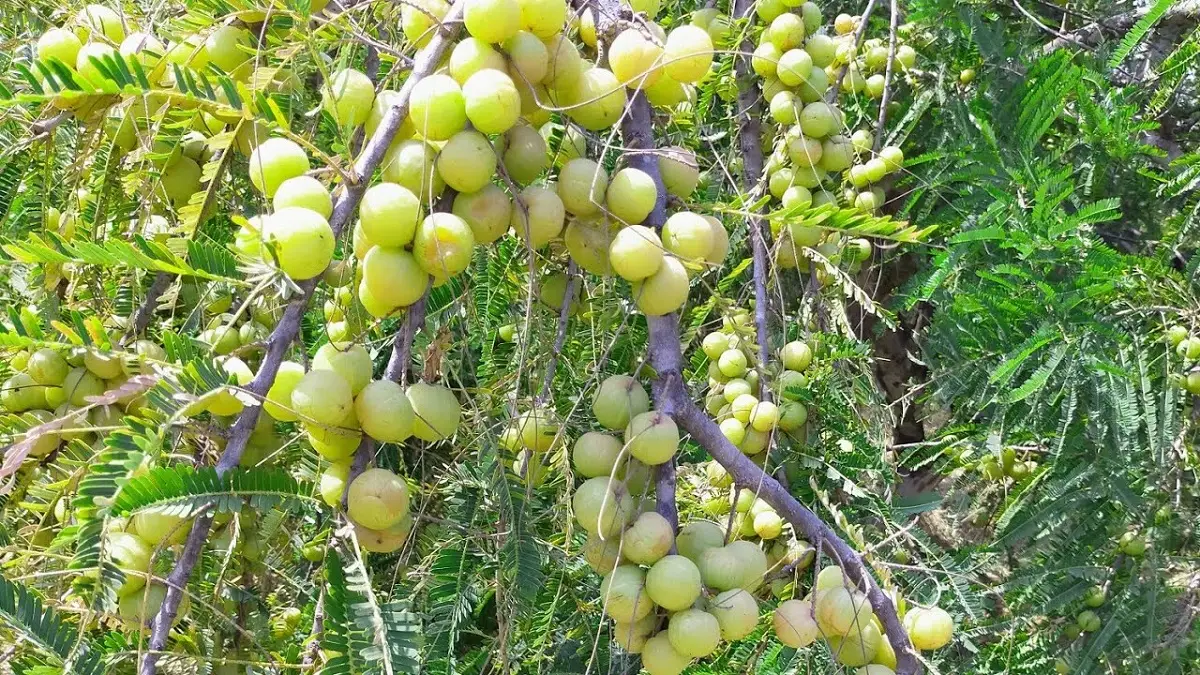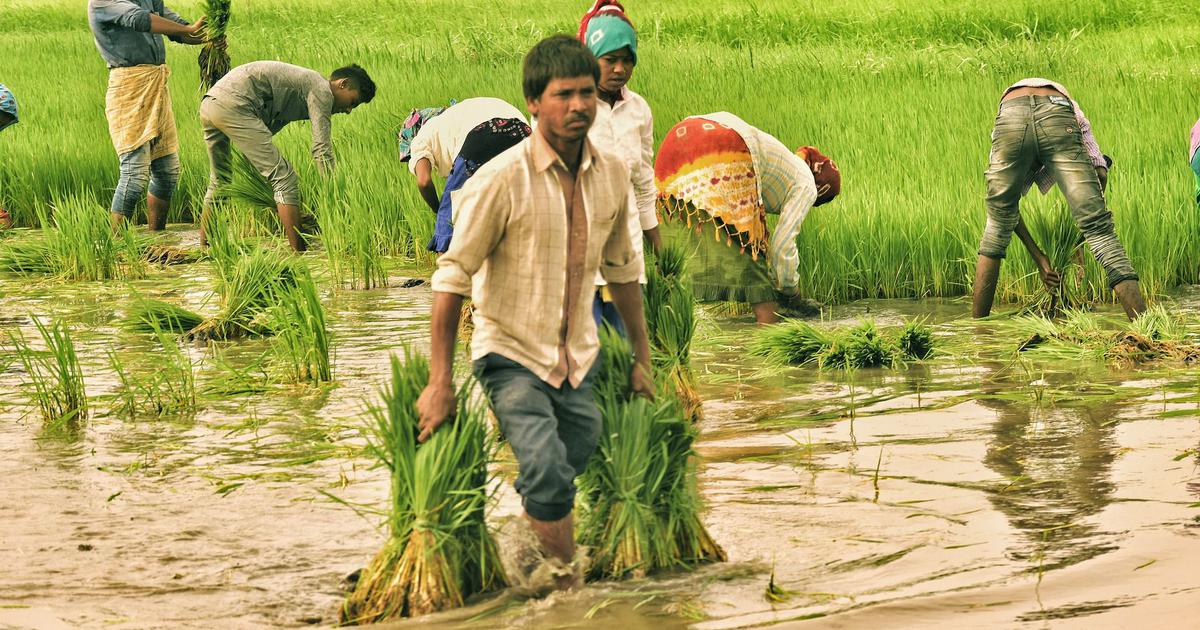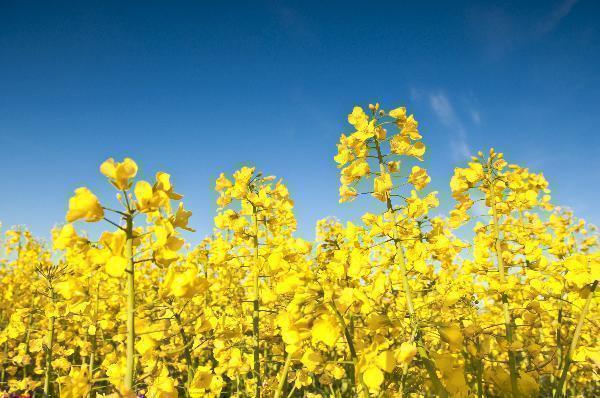Successful Amla Farming: Tips for High-Yield Production

Strong 8k brings an ultra-HD IPTV experience to your living room and your pocket.
Amla is a small green fruit that has a sour taste and multiple health benefits. It also goes by the name of Indian Gooseberry and is favourable for growing in warm climates. The fruit is rich in Vitamin C and has various medical importance. Many farmers have shown their interest in Amla cultivation because of the sudden increase in demand for making health products. In this guide, you will learn everything related to Amla farming, from climatic conditions to the post-harvesting process.
Soil and Climate Requirements
Amla trees are tough and can be grown in multiple-grown soils. They prefer fertile and loamy soil with a pH between 6.0 and 8.0. The best-suited temperature is 25°C to 35°C as it gets easily affected by winter. The plant can tolerate high heat and dry conditions, which makes it ideal for areas that have rainfall or irrigation.
For effective soil preparation, you can use Mahindra tractors, as they have several benefits. The most recommended tractor model is the Mahindra 275 DI TU because of its 39 Hp and 33.4 hp PTO to easily lift heavy implements. If you are considering buying it, then the Mahindra Tractor 275 price starts at ₹6,15,250 and goes upto ₹6,36,650 (Ex-Showroom),
Propagation Methods
Amla is cultivated through seeds, grafting or budding. Grafting is considered the best among them as it makes certain that the new plant has all the necessary characteristics of the parent plant. The least preferred method is seed propagation because of the slow production and poor quality.
In grafting, a healthy scion (young shoot) of a good-quality amla variety is grafted onto a rootstock of another amla tree. This ensures quicker fruiting, better disease resistance, and improved overall growth. Budding is also a common technique used for the same reasons.
Planting and Spacing
While planting amla trees, ensure proper space for healthy growth and air circulation. An average space of 4-6 meters is necessary, depending on the soil and its type. Firstly, you have to prepare the land by ploughing the soil and adding fertilizers to boost production. Monsoon season is considered to be ideal for planting as it offers rainfall to the tree. If you want to grow stronger roots, then proper irrigation has to be made.
Care and Maintenance
Amla trees need constant care and maintenance for healthy growth and optimal fruit production. Some of the important characteristics are as follows:
Watering: While amla trees are drought-resistant once they are established, watering should be done regularly during the early stages of growth and during periods of drought. Over-watering, however, should be avoided since it leads to root rot.
Fertilization: Use balanced fertilizers, such as nitrogen, phosphorus, and potassium, in the correct ratio to ensure healthy growth. Organic compost, cow dung, and other organic substances are also useful for enhancing soil quality and tree health.
Pruning: Pruning is done regularly to keep the tree in shape and to get rid of dead and diseased branches. Pruning improves air circulation within the canopy, making the tree less susceptible to pest and disease infestation. It encourages greater fruiting as more sunlight reaches the interior of the tree.
Pest and Disease Control: Amla trees are mostly immune to most pests and diseases. But the trees can be attacked by common pests like aphids, mealy bugs, and fruit flies. Check the trees regularly for any signs of infestation and apply necessary control measures like spraying organic insecticides or neem oil. Fungal infections can be controlled by maintaining good drainage and air movement around the trees.
Harvesting
November and February are considered the best time to harvest amla, based on the climate and variety. To get the best quality, you have to get the timing right for the harvesting when it is fully mature. The fruit is fully matured when it is solid and greenish-yellow in colour. This process has to be done carefully to prevent any damage. Manual harvesting is recommended by directly plucking it from the tree or with the help of implements. Avoid harvesting in the evening because direct sunlight may affect the freshness.
Post-Harvest Processing
Once the harvesting process is completed, the fruit is ready to be consumed. However, they are processed to make other products such as juices, jams, pickles, and medicines. The primary ingredient in Ayurvedic medicines is amla, and the demand for its powder, extracts and oil is very high. If stored in the right place, amla remains fresh for up to 2 weeks. For longer storage, amla can be dried and preserved or processed into value-added products.
Conclusion
Farmers get multiple advantages by planting amla due to their high demand for health and medical use. If you maintain the quality and take proper care, farming can be very profitable in certain areas, which is ideal for its growth. This hardy crop is adaptable to several weather patterns and provides long-term returns with low input.
Note: IndiBlogHub features both user-submitted and editorial content. We do not verify third-party contributions. Read our Disclaimer and Privacy Policyfor details.





